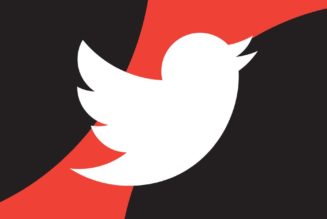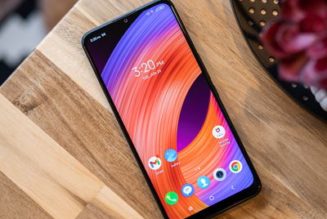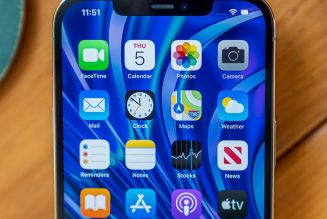Amazon will stop supporting its Glow video calling device for kids on December 31st, 2022. The innovative projector-powered gadget with a screen built-in was designed to make it easier for children to communicate with friends and family remotely by making games and activities part of the process. Last month, the company announced it was discontinuing sales, and it recently confirmed in an email to users that Amazon Glow devices, accessories, and the companion app will stop working entirely at the end of the year.
Launched a little over a year ago, the $300 Glow struggled to find an audience, possibly because kids can once again play with friends and family in real life. If you bought one, expect to see a refund by the end of October, and Amazon is encouraging everyone to recycle their Glow at no cost through its recycling program.
We must move away from building smart home products that rely entirely on a cloud connection
While Amazon is making good on customers’ investments and even throwing in a free year of its Kids Plus subscription (which you needed to use the Glow but works across Amazon’s devices) as an apology, this is just another example of the dangers of buying cloud-dependent hardware.
%2Fcdn.vox-cdn.com%2Fuploads%2Fchorus_asset%2Ffile%2F22977074%2Fjtuohy_211027_4856_0005.jpg&w=2400&q=75)
The Glow was launched as part of Amazon’s Day 1 Editions pilot hardware program — a big sign that the company was still figuring out if it was going to commit to the product. But people still paid money for it. And those people are probably really pissed that it’s now basically just an expensive paperweight.
This means it’s time for my annual reminder to think hard before buying a product that is entirely dependent on a cloud connection. If you can only control a device with an app connected to the internet, and / or if the company behind that app has no reliable source of recurring revenue, look elsewhere.
Often, the problem is companies run out of money and can’t continue to pay to keep their cloud servers online. This was the case when smart home hub manufacturer Insteon went dark earlier this year, leaving its customers without a way to control their smart lights.
In June, the company behind SmartDry shut down because it ran out of money. A super useful gadget you stuck in your dryer to tell you when your clothes were dry and avoid over-drying them, SmartDry is now just a pointless piece of plastic that is literally stuck in people’s dryers.
%2Fcdn.vox-cdn.com%2Fuploads%2Fchorus_asset%2Ffile%2F24127811%2FAwair_Glow_C_Light.jpg&w=2400&q=75)
But it can also be that the hardware can’t keep up. This week, Awair announced it was shutting down service for its Glow, Glow-C, and Awair (first-gen) smart air quality monitoring devices on November 30th. Its reason is an inability for the devices to receive firmware upgrades. The Glow-C cost $89 and was launched in July 2019. Meaning if you were lucky, you got three years of use out of it. That’s $30 a year.
Awair says the devices will still function as air quality monitors. But without the app, you can’t read the data for the Glow-C, so I guess it will just keep its knowledge to itself.
Amazon’s Glow isn’t too old, and the company is not too cash-strapped to continue to support the device. But it saw the writing on the wall and, perhaps wisely, pulled the plug before it became an even more costly problem.
The Glow-C could have had local functionality built-in, so at least you could still use it as a smart plug
The Glow wasn’t a bad device. As I said in my review, it had a lot of promise. Its use of projector technology as a retractable touchscreen is also something I hope we’ll see in future devices from Amazon and others in the smart home.
But we must move away from building smart home products that rely entirely on a cloud connection. Internet connectivity can continue to add cool and useful features, but basic functionality with directly accessible controls needs to be built into a product from the beginning. I already have boxes full of dead devices in my garage, and the carnage continues.
One of the first cloud-connected smart thermostats — the Nest Learning Thermostat — can still function as a thermostat even if the internet dissolved tomorrow. The SmartDry could have been designed to connect over a local protocol like Bluetooth LE to still send its alert when your laundry is dry. Similarly, the Awair Glow-C could have had local functionality built-in, so at least you could still use it as a smart plug.
To be fair to these companies, when these products were designed, there weren’t a lot of reliable local connectivity options. But with the arrival of Matter, a new smart home standard that provides a common language for devices to communicate locally in your home, solutions like those I’ve described will be easier for manufacturers to build into products. Matter uses your local Wi-Fi network and Thread, a newer, low-powered mesh protocol.
Amazon’s Sidewalk network, which uses Wi-Fi, BLE, and 900 MHz LoRa to create a low-bandwidth network for connected devices to communicate, could also help bolster local connectivity in the smart home, so when a company shuts down its servers, its devices won’t become useless. Although, in the case of the Glow, it seems nothing could save it, not even Amazon.








